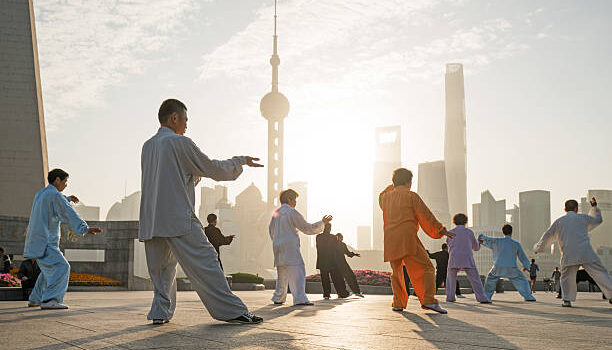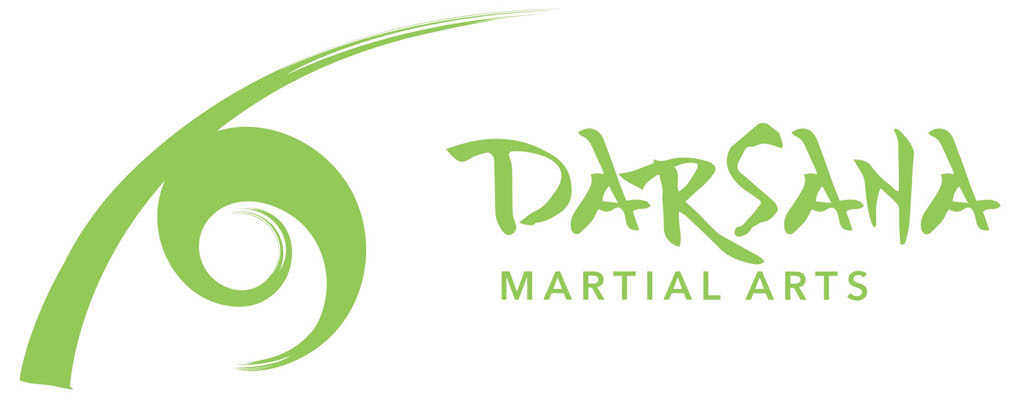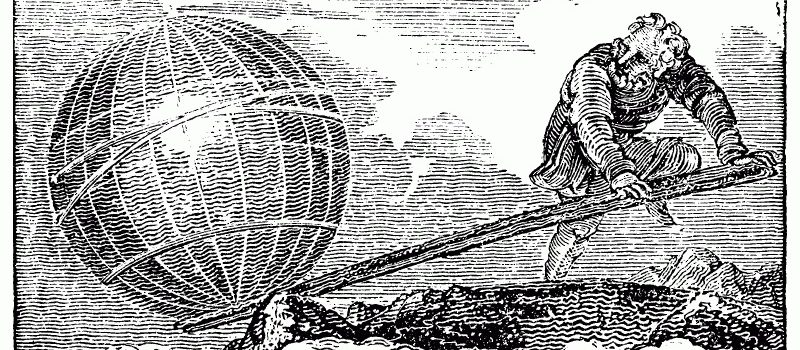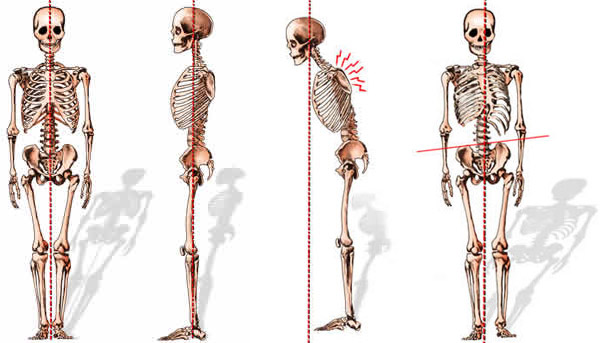I’ve been asked by several people what they should expect to get from of their Tai Chi practice, or similarly, how can they track their progress. I find these questions surprisingly difficult to answer. On one hand, the answers are so obvious to me. On the other hand, Tai Chi seems to confound suitable explanations. Still, as I have chosen the profession of Tai Chi teacher, I feel I have a responsibility to articulate what it is, what the practice is aimed at cultivating, and how one can mark their progress. Finally, I hope to encourage you to embark on the long and rewarding journey of Tai Chi practice or at least to give it a try.





